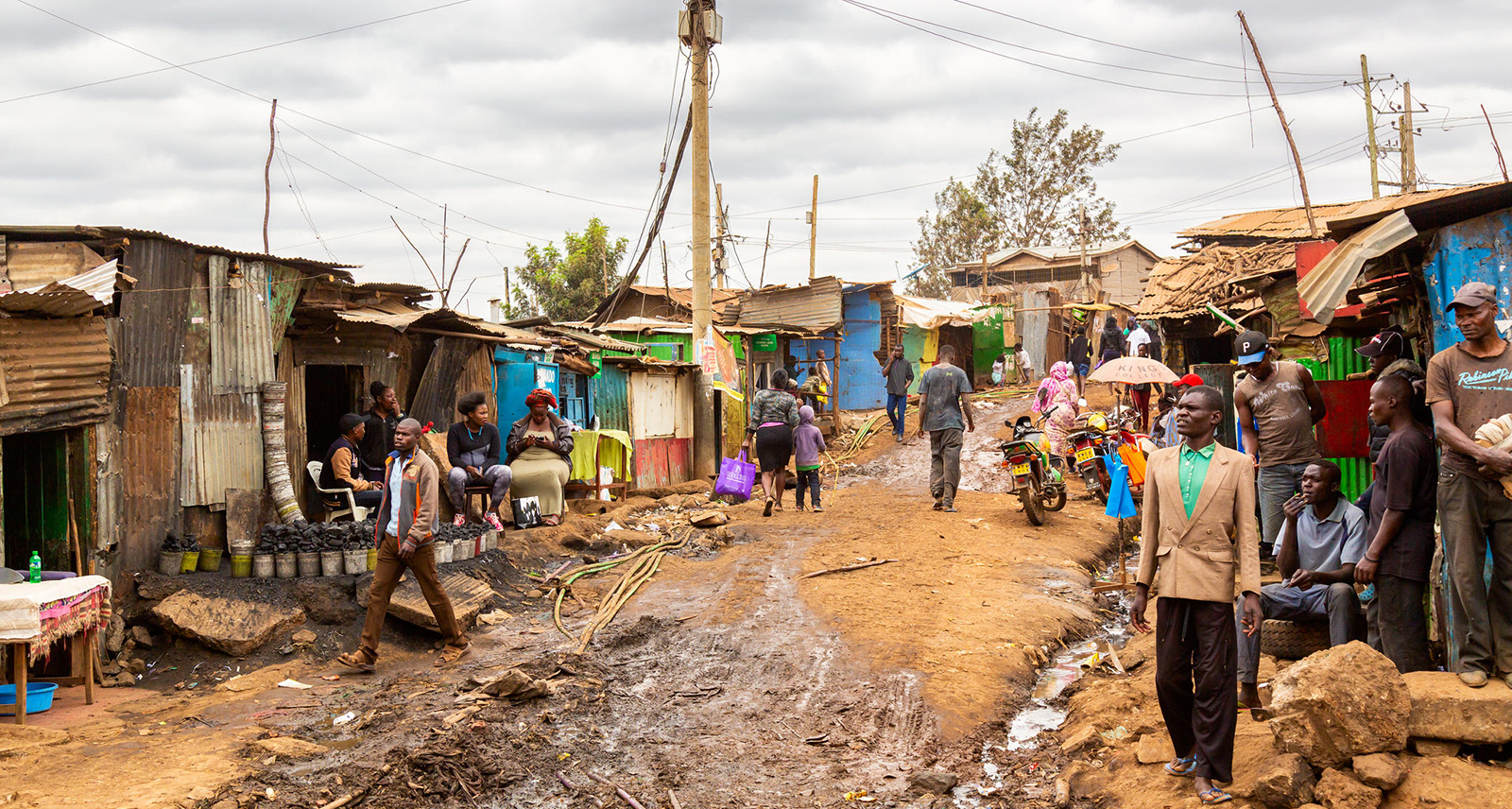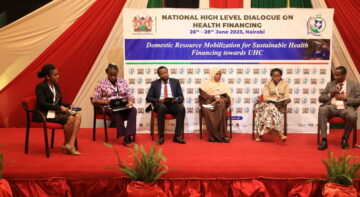Blogs

Despite significant progress, tuberculosis (TB) remains a major public health concern. It is a top killer worldwide, accounting for close to 4,000 deaths daily(link is external). This is even though TB is a preventable and treatable disease.
The 67th World Health Assembly in 2014 adopted WHO’s ambitious End TB strategy(link is external) with a vision of making the world free of TB and with the goal to end the global TB epidemic by 2035. The Strategy has bold targets. These are to reduce TB deaths and incidence by 95% and 90% respectively by 2035 compared to levels in 2015 and ensure that no one faces catastrophic costs due to TB. Heads of State and Government and representatives of States and Governments reaffirmed their commitments to ending the TB epidemic globally at the first United Nations High-Level Meeting on the Fight Against TB(link is external) in September 2018. They set priority actions, investments, and innovations to accelerate progress towards End TB targets.
Read full blog originally posted by the Liverpool School of Tropical Medicine.
Related Posts





